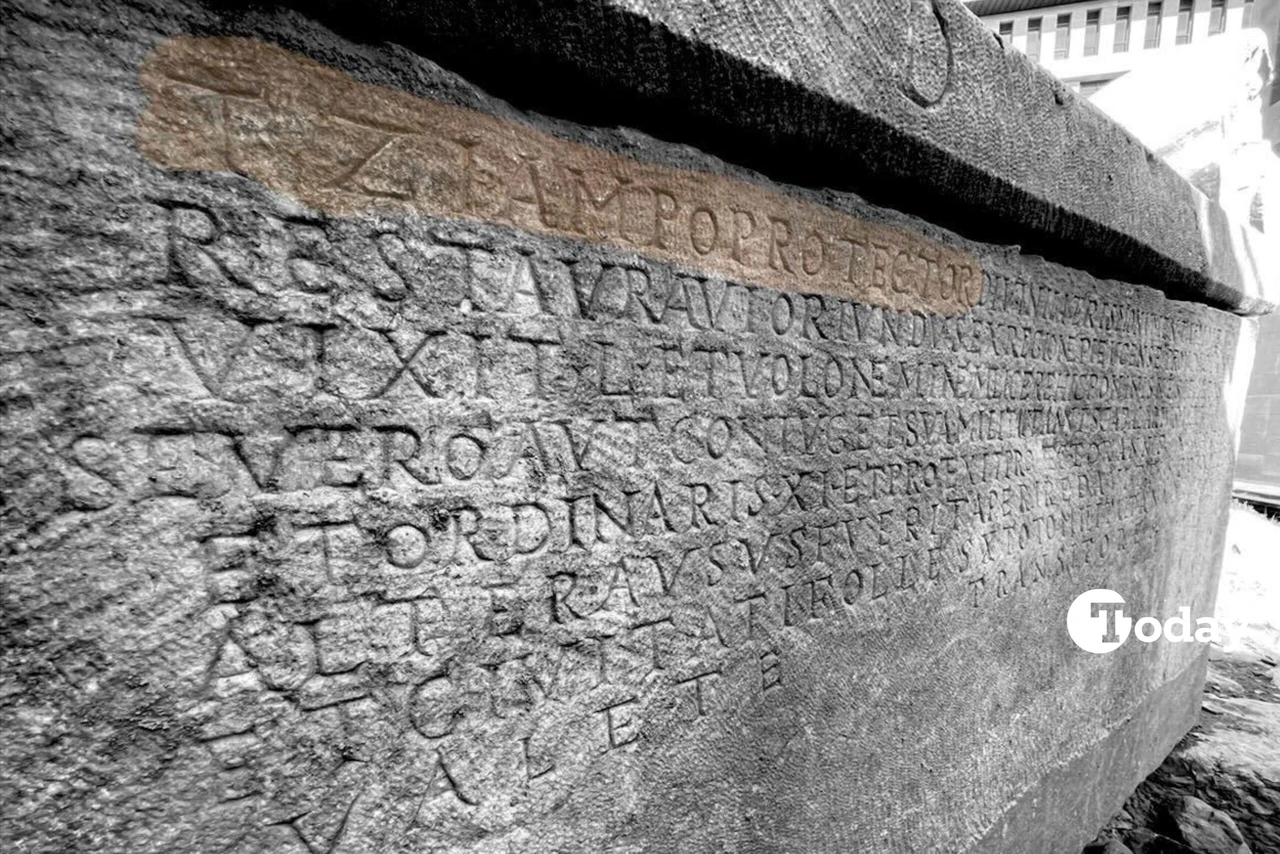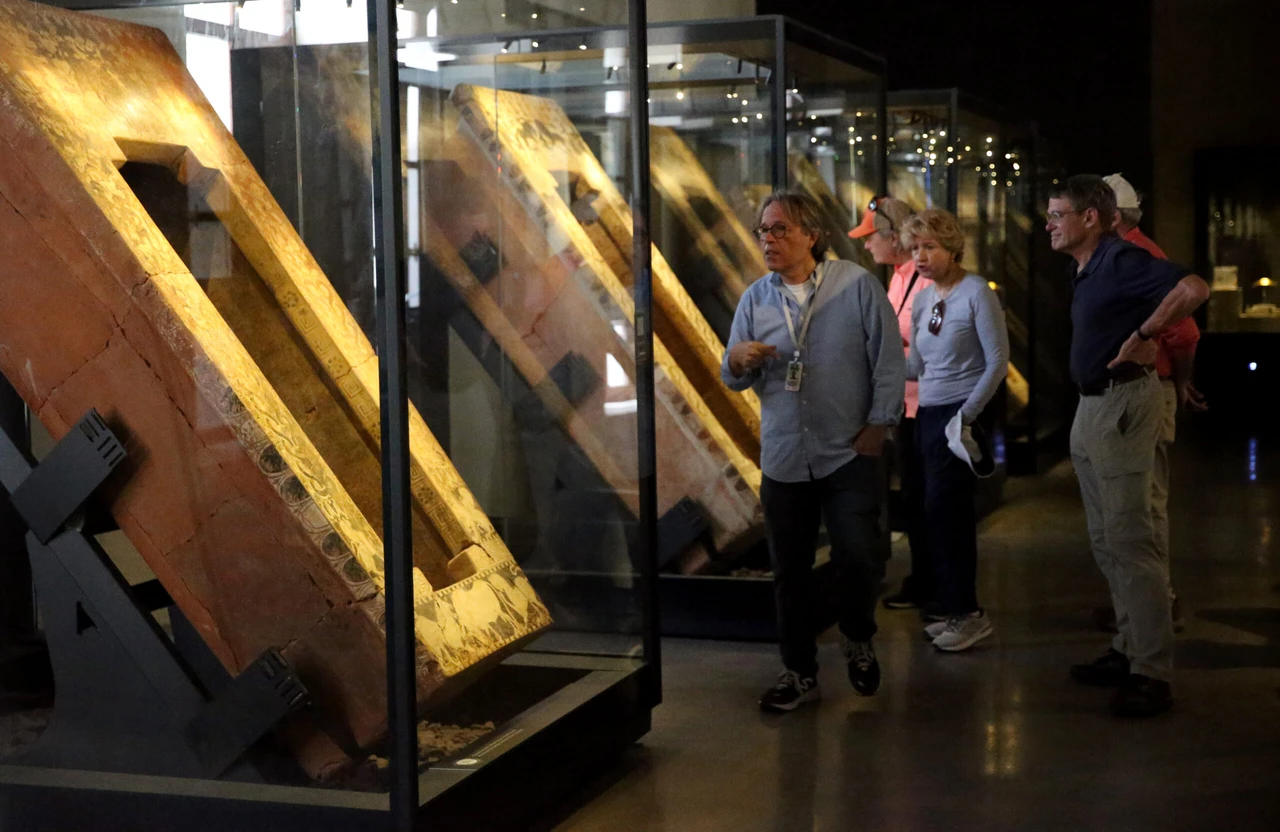Archaeologists discover 450,000-year-old artifacts in Türkiye’s Southeast
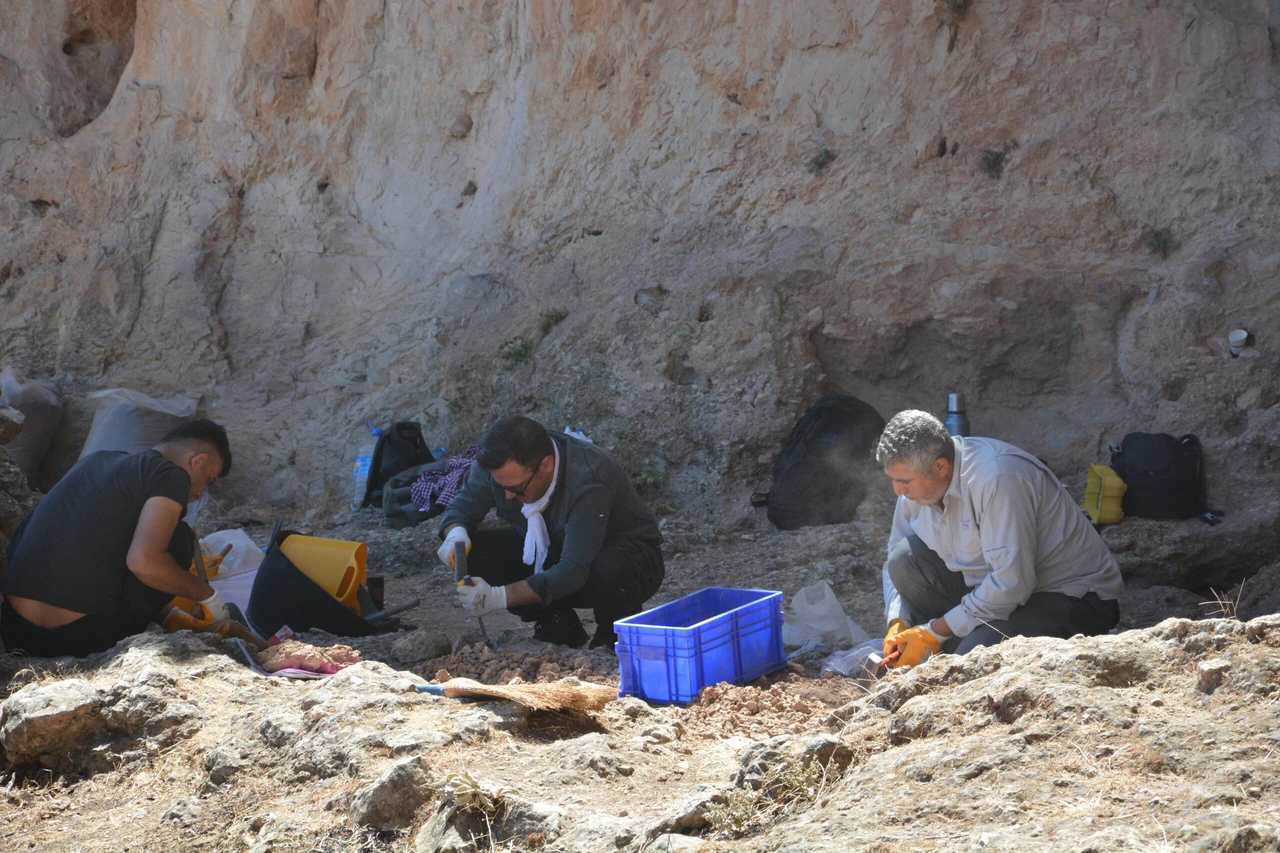 Archaeological excavations at Ulukoy Cave in Gurs Valley, which is home to many historical ruins and stone houses from different periods, are tracing the earliest signs of life, Türkiye, October 18, 2024. (AA Photo)
Archaeological excavations at Ulukoy Cave in Gurs Valley, which is home to many historical ruins and stone houses from different periods, are tracing the earliest signs of life, Türkiye, October 18, 2024. (AA Photo)
In the Gurs Valley of Kiziltepe, Mardin, archaeologists have discovered artifacts dating back 450,000 years in Ulukoy Cave.
The excavation, led by experts from Mardin Artuklu University (MAU), has revealed evidence that may change our understanding of early human life in the region.
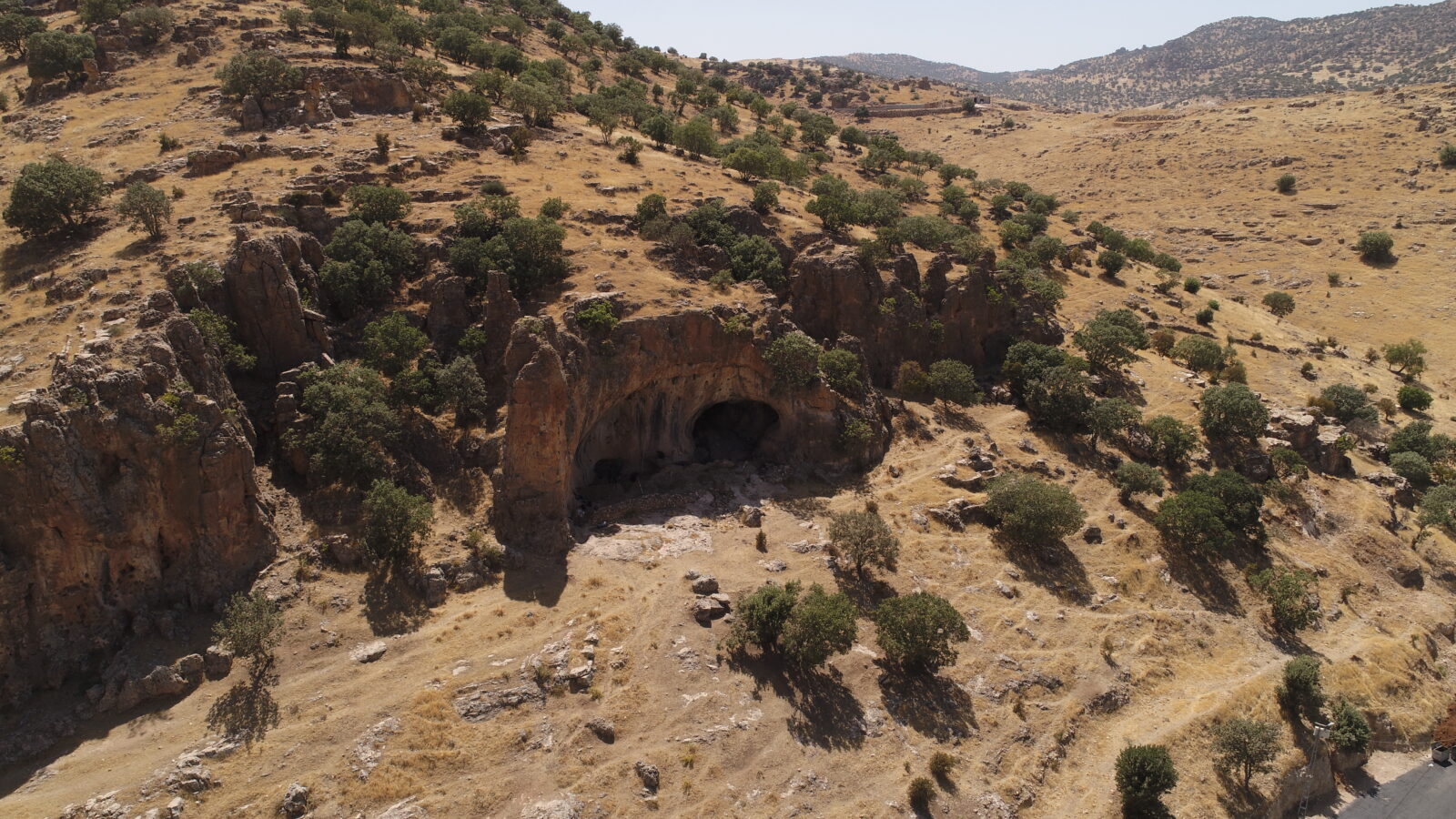
Uncovering depths of history
The cave, measuring 23 meters in length and 16 meters in depth, has been the focal point of archaeological digs aimed at discovering the earliest signs of life. According to the excavation’s scientific advisor, Associate Professor Ergul Kodas, initial surface surveys suggested that the cave contained remains from the Paleolithic Age, dating back over 20,000 years.
However, deeper excavations uncovered new layers that extended this timeline significantly, revealing that the site may have been inhabited as far back as 450,000 to 500,000 years ago.
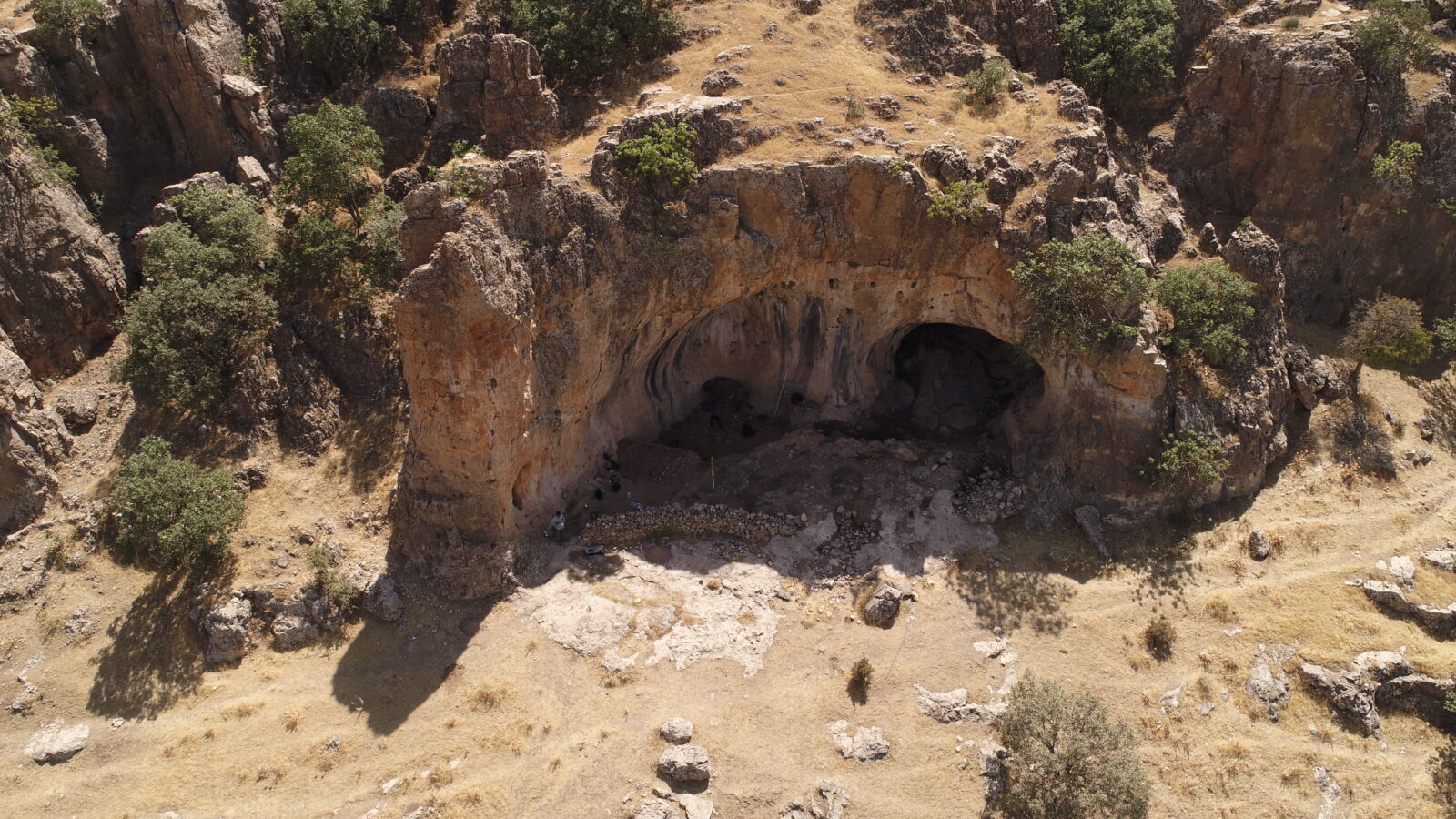
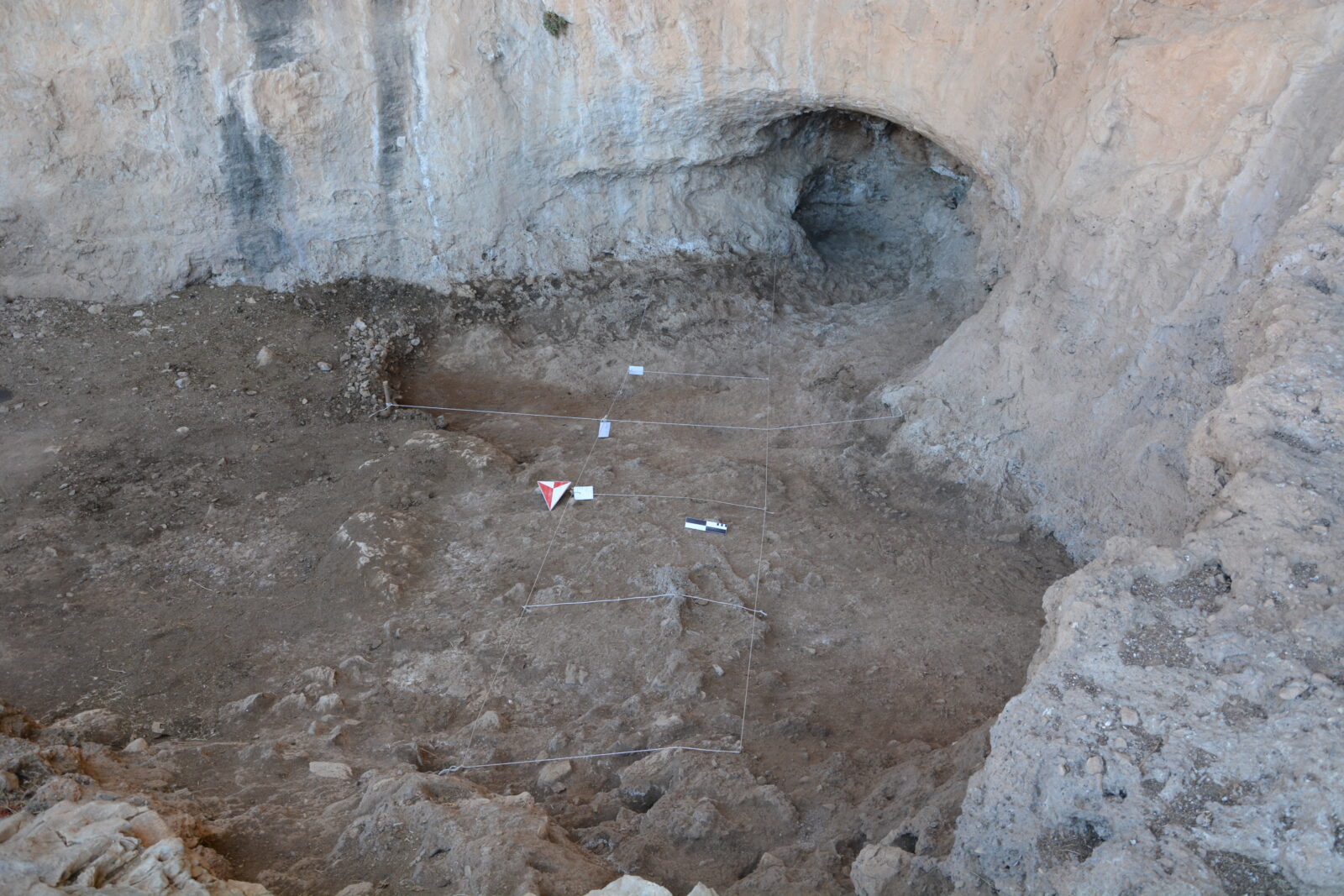
Bridging the past with new discoveries
Mardin’s Gurs Valley, home to various historical remnants from the Late Roman, Early Byzantine, Seljuk, and Ottoman periods, has been a hub for archaeological studies. Following a surface survey conducted by a team led by Associate Professor Kodas in 2022, a rescue excavation was launched under the guidance of the Mardin Museum. The excavation team, consisting of archaeologists, anthropologists, and volunteer students, made significant discoveries in the first season, including 200,000-year-old artifacts.
This year, the team delved even deeper, unearthing artifacts from the Paleolithic period, estimated to be around 450,000 years old. Kodas explained, “Our initial surveys led us to believe the site dated back to before 20,000 B.C. However, recent findings have extended this timeline to around 450,000 to 500,000 years ago. The new layers and artifacts we discovered mark the end of what we call the Acheulean culture.”
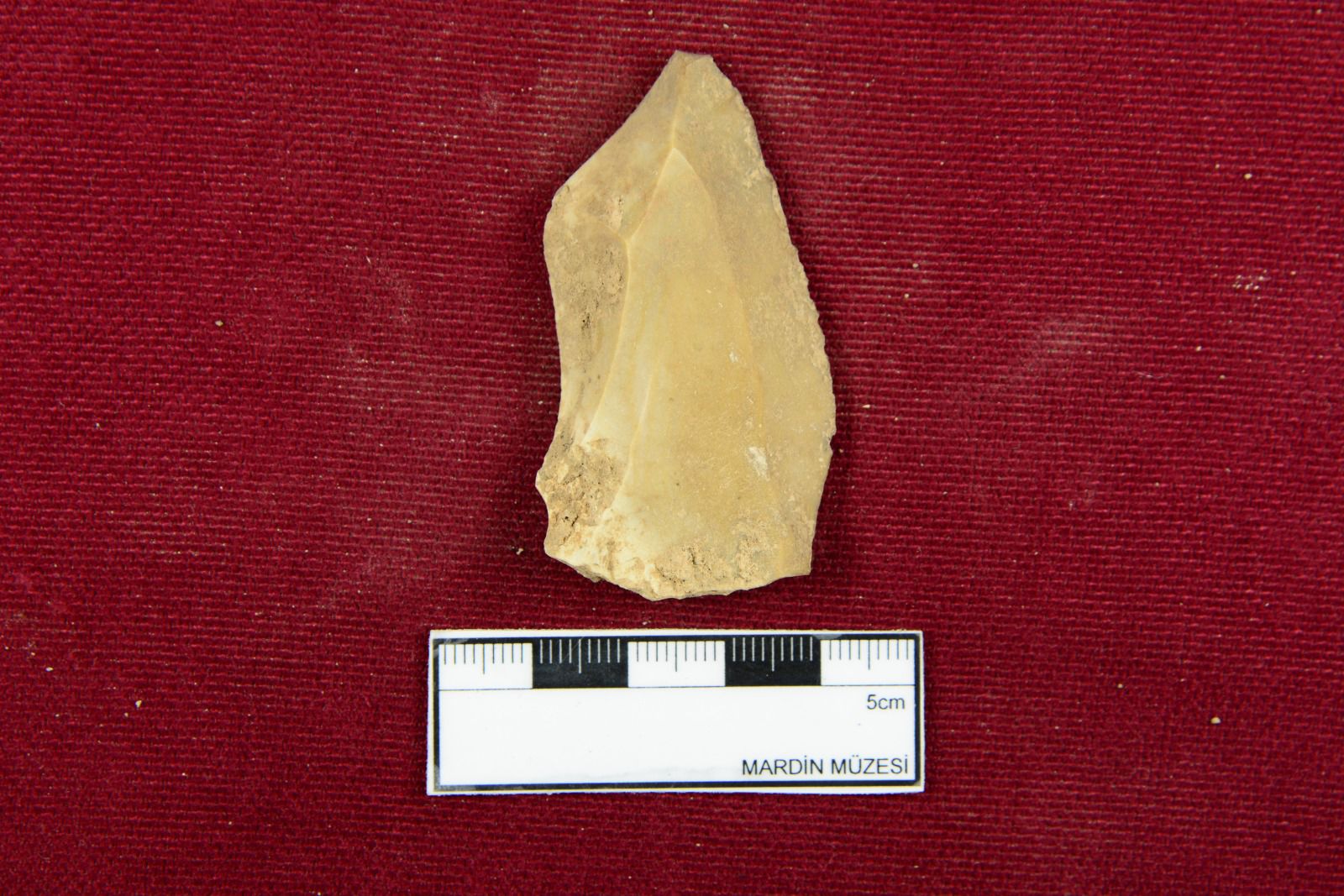
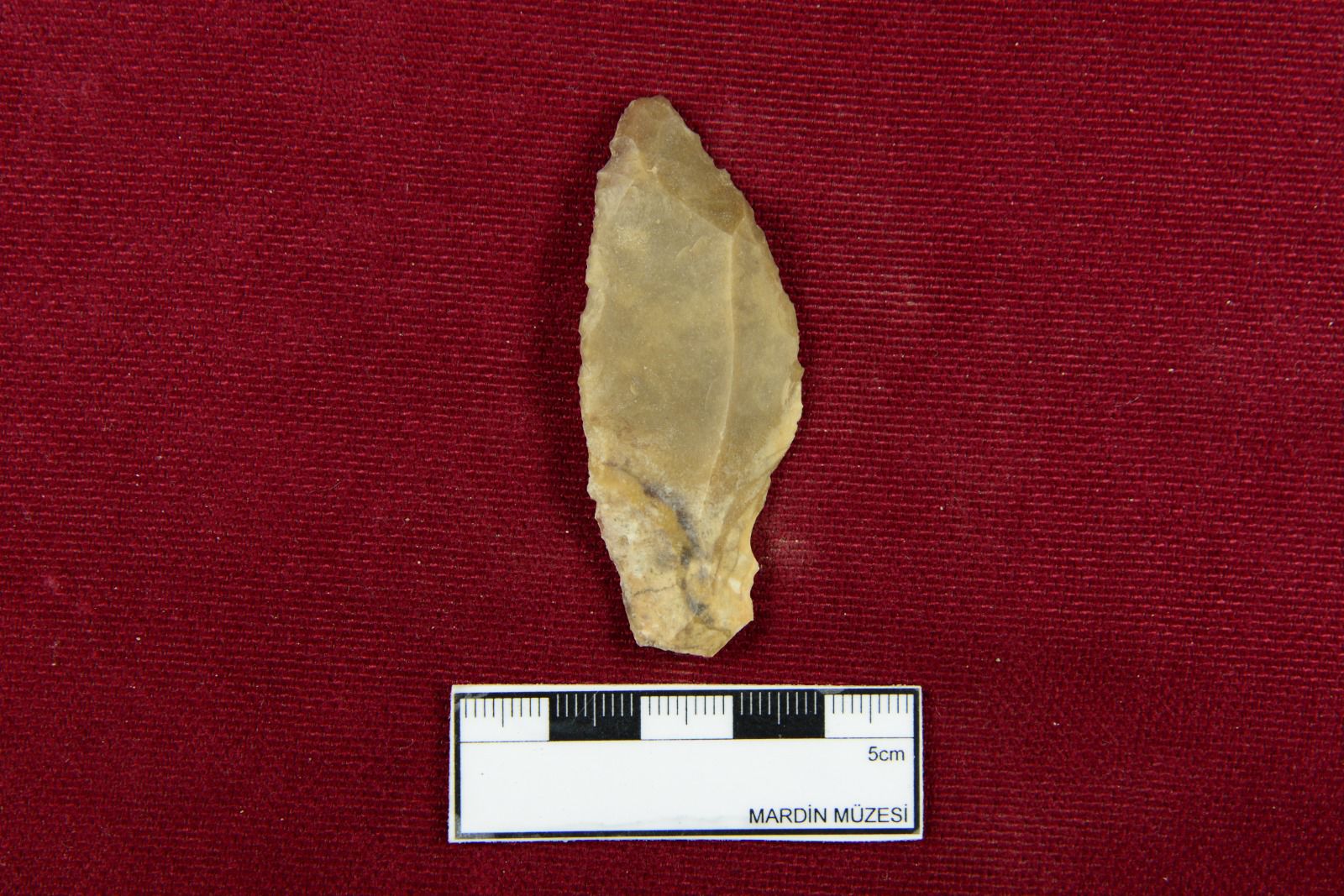
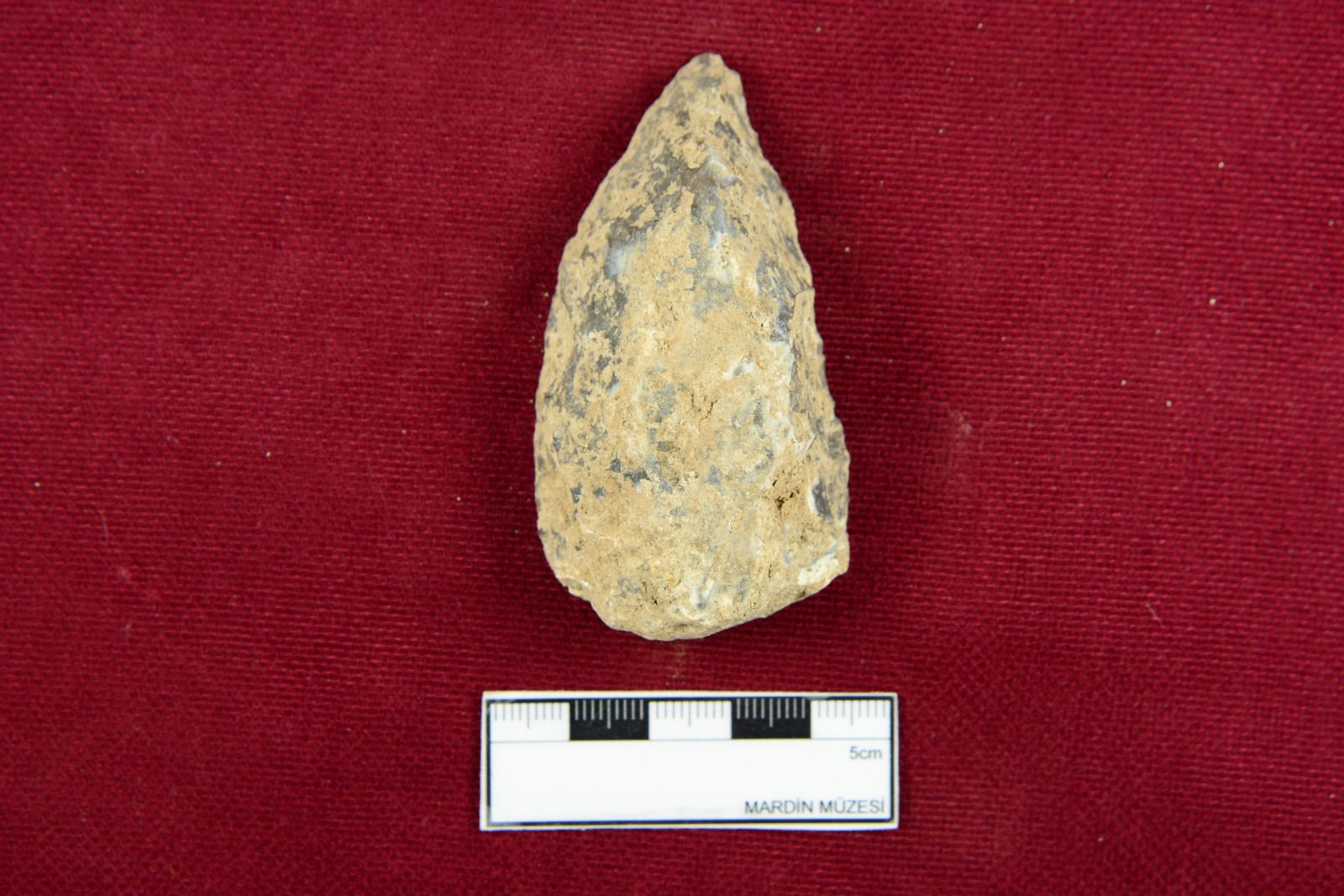
Glimpse into early human life
The artifacts found in Ulukoy Cave are predominantly stone tools and bones, shedding light on the diet and lifestyle of the region’s early inhabitants. Kodas emphasized the significance of the findings, noting that they provide valuable insights into the animal populations and the daily life of the people from that era.
Among the discoveries were Yabrudian stone tools, which were typically found in the Levant-Syria region and date back over 200,000 years. These findings, along with those from the Acheulean period, indicate a broader cultural connection between Southeast Anatolia and the routes leading to Africa.
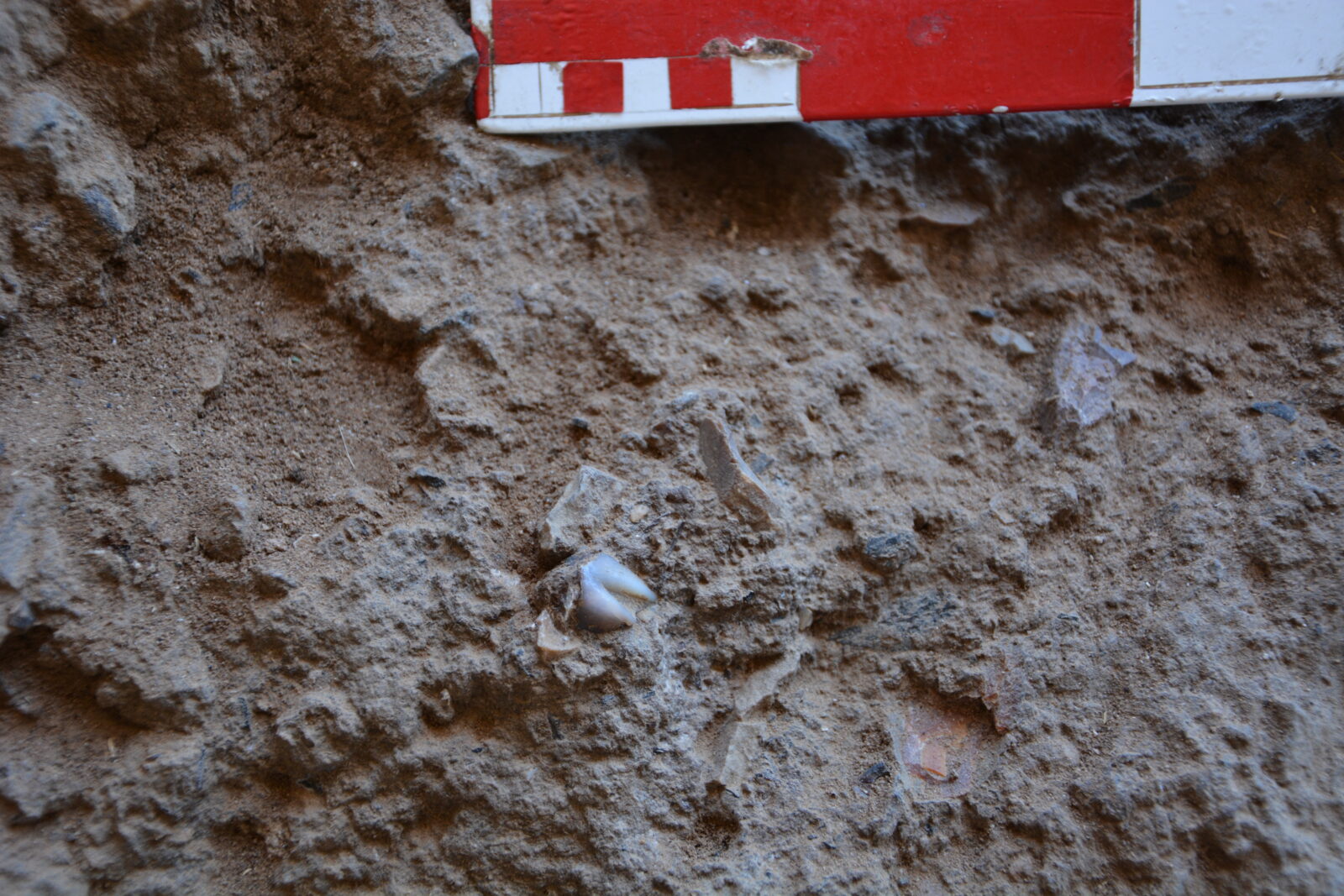
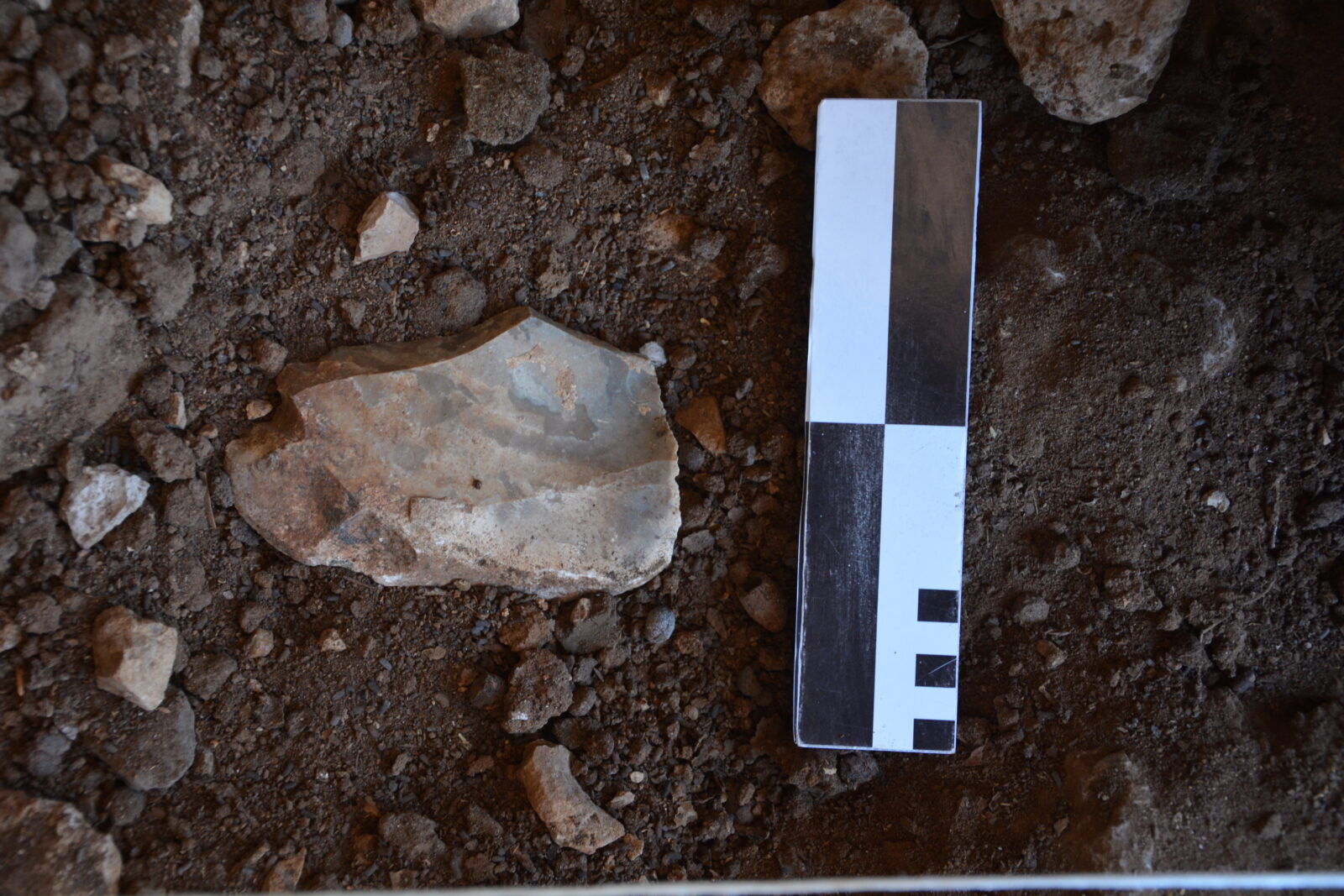
Hummal industry: First in Anatolia
One of the most critical discoveries was evidence of the Hummal industry, a tradition previously only found in Syria. This marks the first time such artifacts have been uncovered in Anatolia.
Kodas elaborated, “The Ulukoy Cave findings have provided us with tools associated with the Hummal industry, specifically long, blade-like tools made from flint or obsidian. This discovery confirms the cultural connections between this region and the Levantine corridor.”

First Paleolithic cave excavation in Northern Mesopotamia
Ulukoy Cave holds the distinction of being the first site in Northern Mesopotamia to undergo a dedicated Paleolithic excavation. While the region has seen numerous Neolithic studies, this marks a significant milestone for Paleolithic research.
Kodas stated, “Surface surveys have been conducted across Southeast Anatolia, but Ulukoy is the first cave excavation dedicated to the Paleolithic Age. The materials uncovered from this excavation help us better understand other nearby settlements, making this discovery incredibly valuable. Although there have been extensive studies on the Neolithic era in Southeast Anatolia, this is the first real Paleolithic excavation.”
The findings from the ongoing excavations are invaluable, with Kodas emphasizing the importance of future research to further explore and understand the settlement and region. “The data we’ve gathered so far is incredibly significant, and the excavations planned for the coming years will help us gain deeper insights into this ancient site,” he noted.
Kodas extended his gratitude to the Ministry of Culture and Tourism, the Mardin Governorship, the Kiziltepe District Governorate, and the Mardin Museum for their support in making these discoveries possible.
